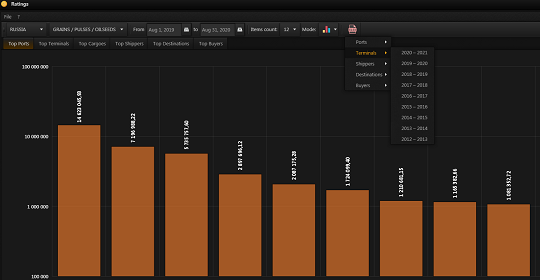The lifting of the ban on the import of winter wheat by the PRC could increase Russian supplies to this country by an order of magnitude, experts are sure.
On April 23, the forum “Russia-China: mutually beneficial cooperation in the field of trade in agricultural products” was held in Xi’an.
At it, representatives of the two countries discussed further prospects for cooperation in such areas as the supply of grain and legumes, as well as meat, fish and finished products from Russia to China.
In general, there is currently positive dynamics in this industry.
For example, in 2023, trade turnover between Russia and China in the food sector increased by 36%. This was stated by Deputy Minister of Agriculture of Russia Sergei Levin.
And there are certainly prospects for expanding cooperation in this area.
Suffice it to say that this season Russia’s share of the world wheat market is about 30%; in other words, it has long become one of the largest suppliers.
However, if we talk about supplies specifically to China, it is quite difficult to develop supplies in this direction due to restrictions imposed by the Chinese side.
We are talking about allowing only spring imported wheat into the Chinese market, while in Russia more than half of the total volume of wheat grown is winter.
If this requirement were revised, then cooperation would reach a completely different level, experts say.
At the same time, the Russian side claims that it is able to withstand the highest quality requirements for imported products.
“The majority of clients of Russian exporters adhere to zero tolerance for those quarantine objects that are an obstacle to the admission of winter wheat to China. This does not prevent other countries from being the largest buyers of Russian wheat.
This fact further confirms that we are able to withstand the highest quality requirements,” notes Ksenia Bolomatova, Deputy General Director of UZK JSC.
The Chinese side, in turn, expressed interest in increasing supplies, and we are talking about a fairly wide range of goods.
These include peas and chickpeas, lentils and beans, as well as flax, sorghum and millet.
By the way, as for peas, Russia began selling them to China in March 2023, and in just a year it was ahead of Canada in terms of supply, which was previously the main supplier of this product in this direction.
In the future, since logistics has already been formed, increasing volumes should occur without any particular difficulties, experts note.

